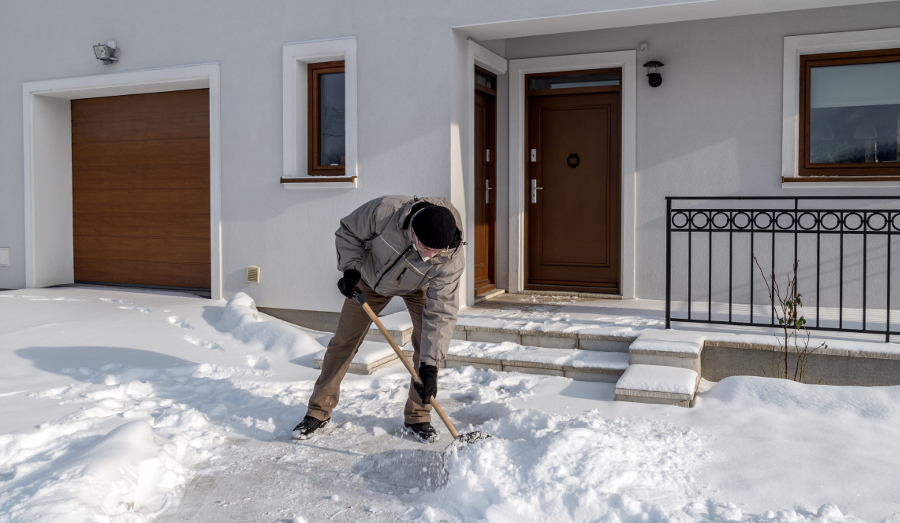Now that colder temperatures are making their way across the country, it’s time to start thinking about preparing for winter. Here’s a list of some of the most important things you need to think about in order to survive any situation this winter.
1. Get Your Car Ready
In a worst-case scenario you’ll need a car or truck to get you and your family to safety. If you change your oil once or twice a year rather than every so many thousand miles, this is the time to do it. While you’re changing oil, make sure you have plenty of coolant in your cooling system, check the power steering fluid, top up your windshield washer fluid, etc. Check your tires to make sure they have plenty of tread left, and check pressures regularly as temperatures decrease, as the lower temperatures will drop your tire pressure. Add air as needed.
Make sure that in the event of a breakdown your car is stocked with enough supplies to keep you safe and warm for at least an overnight stay. That means a few bottles of water, a small shovel or entrenching tool to dig out your rear wheels, blankets or a sleeping bag in case you have to sleep in your car, and some long-lasting snacks or MREs in case you don’t have any access to food.
2. Prepare for Snow
Some northern areas of the country are already getting snow, and for most of the rest of us it’s only a matter of time before we see the white stuff. Get stocked up on salt and sand to melt ice and add traction in the snow. Take a look at both the blades and shafts of your snow shovel to make sure that there aren’t any cracks that will get worse once you put them to use.
3. Rotate Your Clothing
Start putting away the T-shirts and shorts and bring out the wool clothing, coats, and sweaters. Make sure your winter clothes are in good condition with no holes or tears, and make sure that both the soles and uppers of your boots are ready to tackle winter weather.
4. Stock Up on Food
Now’s the time to start stocking up on food, especially frozen food. If you lose power in the middle of winter it’s a lot easier to keep frozen food frozen and refrigerated food cold. In the event of a bad snowstorm it could be several days before stores are stocked up again, so try to keep at least a one- or two-week supply of food on hand.
5. Check Your Pipes
Make sure that any pipes that are exposed to the cold are properly insulated. That’s especially true for where your water lines enter the house, as they’ll be exposed to colder air and ground temperatures. If your hot water heater is in a cold basement, think about insulating it to improve its efficiency during the winter.
6. Got Wood?
Even if your house is heated by electricity, natural gas, or oil, be prepared to use your fireplace or wood-burning stove, if you have one, to provide heat in the event that you lose power or utilities during a cold spell or major snowstorm. Make sure that your most-seasoned wood is ready to go and that logs are split into pieces that you can fit easily into your fireplace or stove. Make sure you have plenty of matches, fire-starting materials, and kindling. And don’t forget to clean your chimney to eliminate the possibility of a creosote fire.
7. Look at Chimney, Roof, and Windows
One of the largest contributors to rising energy usage in winter is heat loss. When you have your chimney cleaned, make sure your damper closes properly too so that heat doesn’t escape through your chimney. Inspect your roof to ensure that it will repel rain and snow and there aren’t any holes or gaps where moisture can penetrate to destroy the underlying insulation. Check windows and molding to make sure there aren’t any gaps where warm air can escape to the outside.
This article was originally posted on Red Tea News.





